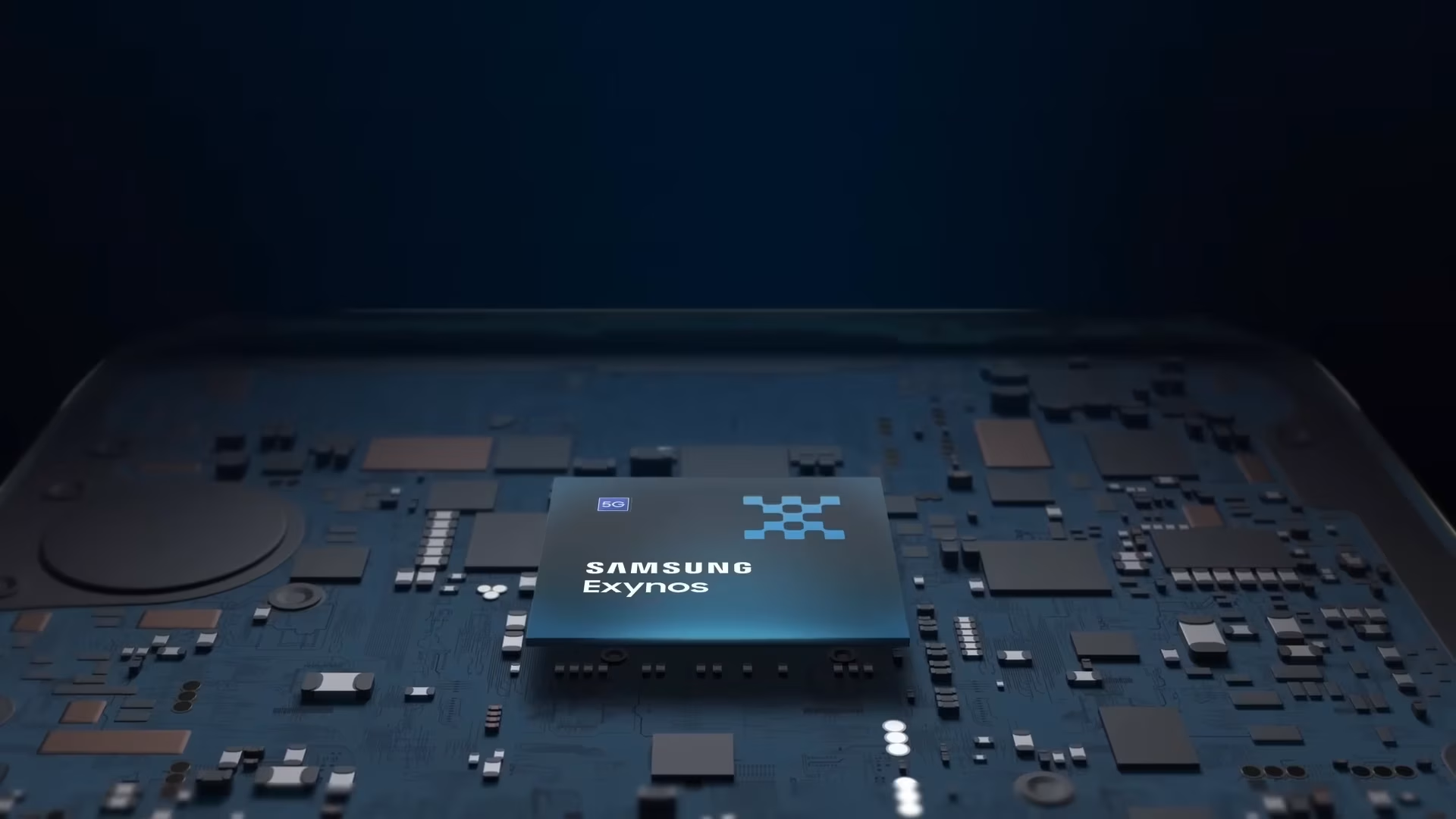Samsung Exynos 2600 Adopts HPB Packaging for Significant Heat Control Improvements
SEOUL, South Korea – Samsung Electronics has unveiled a significant advancement in mobile chip thermal management, announcing that its upcoming Exynos 2600 application processor will be the first to utilize the company’s proprietary Heat Pass Block (HPB) packaging technology. The disclosure, made on October 28, 2025, at the Samsung System LSI Tech Day event in Seoul, marks a strategic shift in how the tech giant addresses chip heat dissipation, a critical factor for sustained performance in modern smartphones.
According to Samsung officials and subsequent reports from ETNews Korea, the new HPB packaging method is engineered to drastically reduce the chip’s temperature, reportedly achieving a 28-30% reduction in peak operating temperature compared to the Exynos 2500, its predecessor. This translates to operating temperatures dropping from an average of 85°C to roughly 60-65°C under sustained high-load conditions, such as intensive gaming or AI processing.
Redefining Chip Packaging as System Innovation
Kim Dae-woo, Managing Director and Head of the Package Development Team at Samsung's System LSI division, highlighted the transformative nature of this technology. "Packaging is no longer the final-stage process but the starting point of system innovation," Kim stated at the event. He further emphasized, "An approach is being taken to optimize the entire system, not just the performance of a single chip." This perspective positions packaging not merely as a physical connection, but as an integral component that profoundly influences a system-on-chip's (SoC) power, heat, and signal integrity.
HPB is essentially a dedicated heat dissipation block directly packaged on top of the mobile AP, alongside the DRAM. This integrated approach, optimized by Samsung’s System LSI, represents a paradigm shift from traditional back-end packaging processes. By reducing thermal resistance by 25% and improving power efficiency by 12%, HPB enables a notable 15-20% improvement in sustained performance without thermal throttling. The technology also contributes to enhanced signal integrity, reducing latency by 8-10% in multi-core operations, and boasts a reported production yield of 85%.
Strategic Integration into the Galaxy S26 Series
The Exynos 2600 with HPB technology is slated to power the highly anticipated Galaxy S26 and S26 Plus models in most global markets, including Europe, India, and South Korea, starting in Q1 2026. However, Samsung's regional strategy will see the US and China receive Snapdragon-powered variants for these devices. The premium Galaxy S26 Ultra is also expected to exclusively feature Qualcomm’s Snapdragon chip, a move analysts suggest aims to prevent potential sales slumps in 2026 within these key markets, where Snapdragon has historically held a stronger foothold.
This strategic deployment reflects Samsung's push to leverage the HPB advantage where it can make the most significant impact, particularly in regions where Exynos adoption is already robust. Analysts at Counterpoint Research forecast that the Exynos 2600 will power approximately 40% of global Galaxy S26 units, an increase from the 35% seen with the Exynos 2500. This uptick is largely driven by the distinct thermal management capabilities offered by HPB, which promises to enhance user experience through better sustained performance and potentially longer battery life—up to 10% extended runtime in video playback tests.
